Lesson Four: How can I locate things in the sky?
This lesson is written from a Northern Hemisphere perspective. There are two versions: one for spring stars and one for summer stars. If you are in a different location, have trees or other obstacles blocking the horizon, or are viewing at different times of the year the stars and constelltions listed in this lesson may not be visible.
Lesson Four Student Worksheet - Spring
Lesson Four Student Worksheet - Summer
Download a current Star Map
Materials
- Skymap (one for each students)
- Red Flashlight (one per pair of students)
Lesson Sequence
- Stars and Constellations
We will begin observing with a tour of the night sky. This activity is intended to introduce you to the stars, planets, and constellations in the sky. It also introduces the concept of angular distances and how to make crude angular measurements.
- Identifying Stars and Constellations - You will use your sky map to locate various constellations and stars. On the sky map, various stars are labeled. When asked to draw constellations, draw what you see in the sky, not what is on the sky map. In order to begin using the sky map, you will need to know the direction that you are facing. Locate North, East, South, and West.
- You will need to measure some angles in this activity. For this we will use the Fist Method. If you make a fist and hold it at arm's length, with your
elbow extended, then the angle that your fist covers is roughly 10 degrees.
- Find and draw Ursa Minor, Draco, and Ursa Major. Label on the drawing the star Polaris (The North Star).
- Next, find and draw Leo, Virgo, and Boötes. Label the stars Regulus, Spica, and Arcturus.
- Next, find and draw Cygnus, Lyra, Hercules, and the Corona Borealis and label the stars, Deneb, Vega, and Altair. (Note: these three stars make a large triangle on the sky which is called the Summer Triange).
- Finally, find and draw Scorpius and Sagittarius and label the star Arcturus.
- Estimating angular distance - Use the fist technique to measure the angular distances between the following stars. We will be checking your results later so
be as precise as possible. Each member of the group should make the measurement and then each group should average the measurements to get the best result.
- Northern Horizon to Polaris
- Vega to Deneb
- Altair to Arcturus
- Polaris to Antares
- Which measurement above (in #3) do you think is the most uncertain? Why?
- Which measurement has the greatest spread between the values found by each person?
- Do you think the average value is the "best" value? Why or why not?
- Moon Observations - Observing the Terminator
- Find the moon in the sky. Carefully draw the Moon and pay special attention to the terminator. When you draw the Moon also draw the prominent celestial objects near the Moon. Does the terminator look like a straight line? Or does it curve? If it curves does it curve to the West or does it curve to the East? Be careful to draw the terminator on your Moon exactly as it looks in the sky.

 Lessons created by:
Lessons created by: